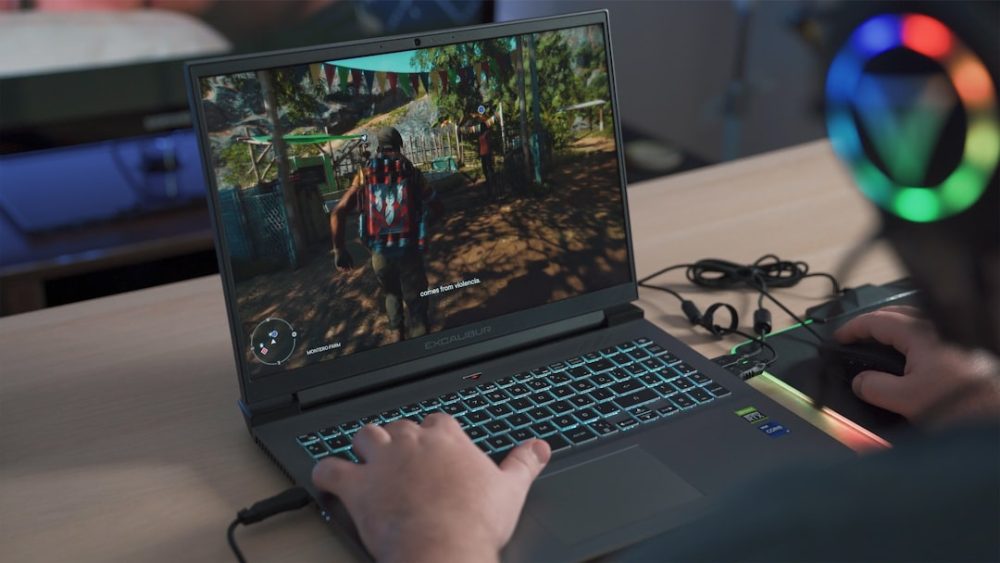“`html
Microsoft officially released Windows 11 with strict system requirements, including TPM 2.0, Secure Boot, and a compatible processor. However, many users with older but capable PCs may find themselves unable to upgrade due to these restrictions. Fortunately, there are ways to install Windows 11 on unsupported hardware, though it comes with risks and limitations.
Important Notes Before Proceeding
Before installing Windows 11 on unsupported hardware, consider the following:
- Microsoft does not officially support this method: Your system may not receive future updates, including security patches.
- Potential stability issues: Running Windows 11 on an unsupported PC could lead to performance issues or incompatibilities.
- Proceed at your own risk: Always back up important data before attempting the installation.
Method 1: Bypassing System Checks Using Registry Edits
This method involves modifying the Windows Registry to bypass TPM 2.0 and CPU compatibility checks.
- Create a bootable Windows 11 USB using the Microsoft Media Creation Tool.
- Boot from the USB drive and start the installation process.
- When you reach the warning about unsupported hardware, press Shift + F10 to open Command Prompt.
- Type
regeditand press Enter to open the Windows Registry Editor. - Navigate to
HKEY_LOCAL_MACHINE\SYSTEM\Setup. - Right-click on “Setup,” select New > Key, and name it
LabConfig. - Within the “LabConfig” key, create the following DWORD values:
BypassTPMCheck– Set to1BypassSecureBootCheck– Set to1BypassRAMCheck– Set to1
- Close the Registry Editor and Command Prompt, then proceed with the installation.
[ai-img]windows 11, unsupported pc, installation process[/ai-img]
Method 2: Modifying the Windows 11 ISO
If registry edits are not working for you, another approach is modifying the installation files.
- Download the official Windows 11 ISO from the Microsoft website.
- Download and install Rufus to create a bootable USB.
- Use Rufus to create a bootable Windows 11 USB and select the option that disables TPM and Secure Boot checks.
- Boot from the USB and follow the installation process as usual.
[ai-img]usb drive, rufus, bootable media[/ai-img]
Method 3: Using a Script to Bypass Requirements
Some scripts automate the bypassing process for TPM, Secure Boot, and CPU checks. One of the most commonly used scripts is the Rufus bypass option, but there are also open-source scripts available on platforms like GitHub.
- Download the Windows 11 ISO.
- Locate a trusted bypass script (ensure you check user reviews and scan for malware).
- Follow the script’s instructions to modify the installation process.
Post-Installation Considerations
Once Windows 11 is installed on unsupported hardware, take the following precautions:
- Check for updates: Some unsupported systems may still receive Windows updates, while others may need manual updates.
- Install necessary drivers: Some older hardware may require manual driver installation.
- Monitor performance: If you experience significant slowdowns or crashes, consider reverting to Windows 10.
Final Thoughts
Installing Windows 11 on an unsupported PC requires workarounds, but it is achievable for users who are comfortable modifying system settings. While Microsoft does not endorse this method, many users have successfully upgraded and enjoyed the new features of Windows 11. However, always be aware of potential issues, and if you rely on your PC for critical tasks, staying on Windows 10 might be a safer choice.
[ai-img]windows 11 desktop, user interface, unsupported computer[/ai-img]
“`


